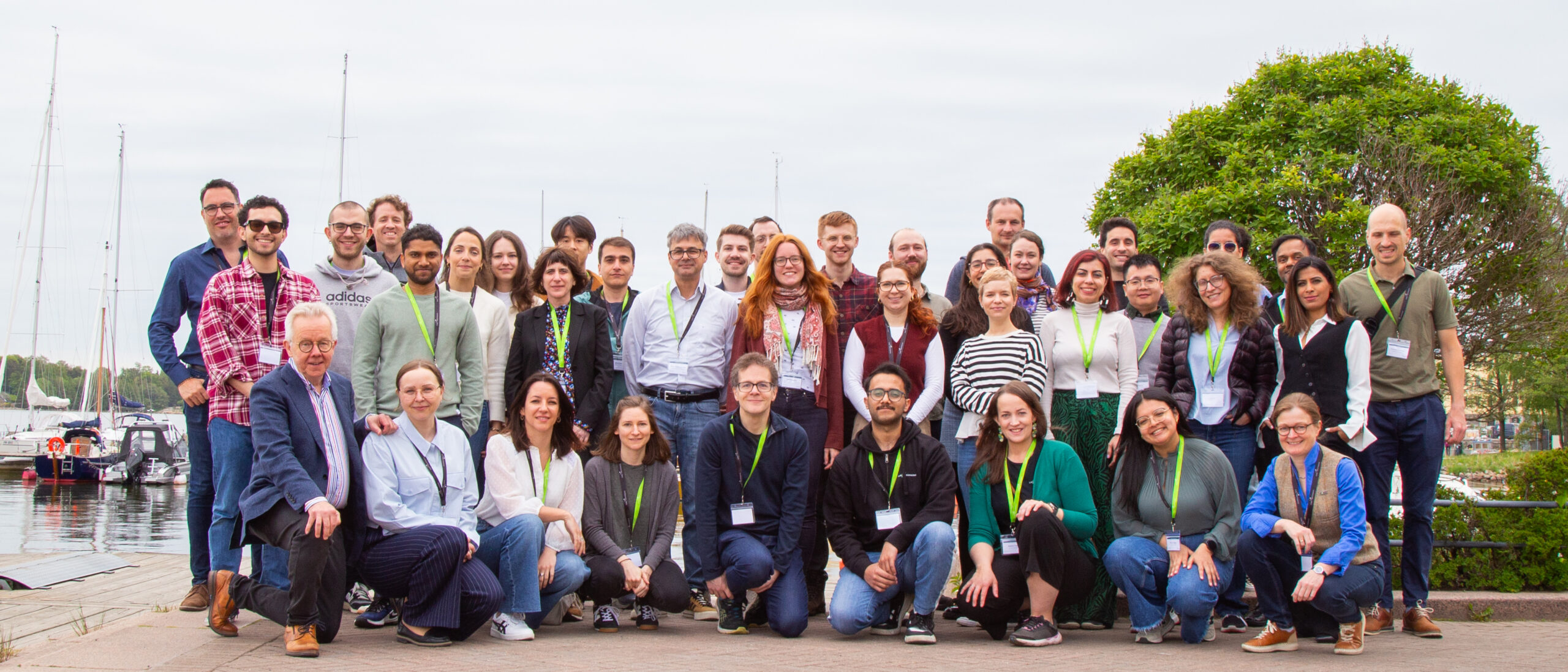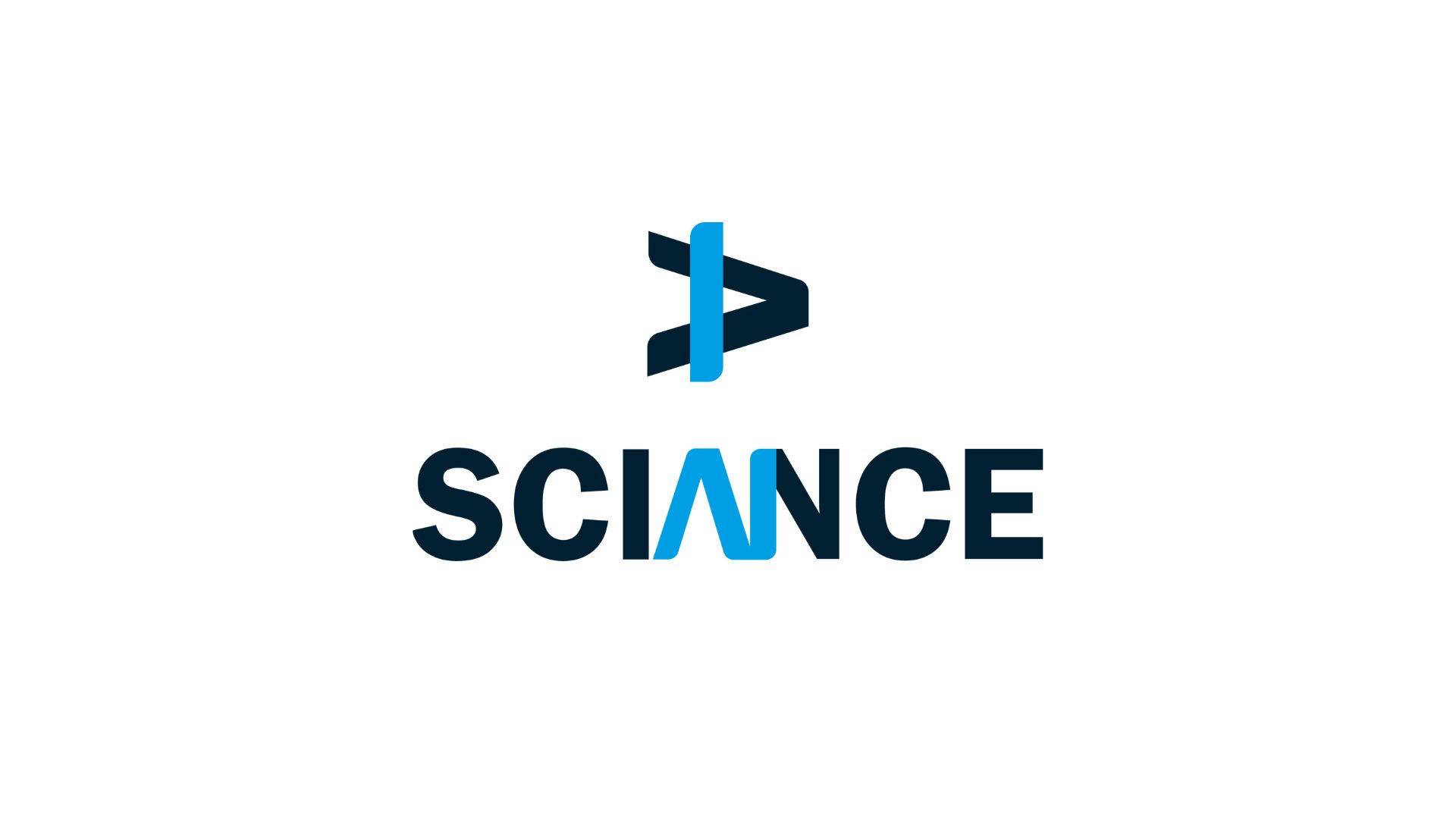
FiAM awarded 7.22M Euros to upgrade instruments and develop 3D microscopy applications
In February 2023, Irina Belaia started her new position as Manager of the Finnish Advanced Microscopy Node (FiAM) and Project Coordinator of Turku BioImaging. Almost immediately, she was asked to contribute to an important Research Council of Finland FIRI proposal to secure funding for instrument upgrades at eight facilities and set the stage for some very exciting science. In December 2023, she learned the proposal had been successful. 7.22M Euros were awarded to the FiAM Node. In this interview, Irina Belaia reflects on what made this proposal successful and explains what the future holds for FiAM’s users and staff. She also shares some recommendations to proposal writers in core facilities. Congratulations to FiAM and thank you to the funders!
The FiAM Node has been awarded the largest grant in its history. Tell us more about how/why you applied for this grant.
Irina Belaia: Every two years, the Research Council of Finland opens a FIRI call, to provide funding for research infrastructures. In 2023, the call had a focus on infrastructures on the national roadmap and projects linked to memberships in international research infrastructures. It was a perfect fit for our FiAM Node, since we are on the Finnish national roadmap and we are part of the international research infrastructure, Euro-BioImaging. The FIRI calls are also the most significant national funding instrument in Finland for research infrastructures like ours. As our Node, unfortunately, did not get this FIRI funding in 2021, it was quite crucial for us to apply and submit a successful proposal in 2023. The application was led by Pasi Kankaanpää, who is the head of Biological Imaging at Turku BioImaging and Consortium director of the FiAM Node of Euro-BioImaging, with active contributions from all Node partners.
What were the strengths of your proposal?
Irina: Our application was considered to be really strong by the reviewers because it had a unifying theme. We proposed to upgrade our portfolio, our instruments and our services with a continuum of state-of-the-art 3D imaging approaches. The proposed project was even called 3D-BioImage. It was also very inclusive, covering eight facilities in three cities: Helsinki, Oulu and Turku, with a balanced budget distribution. Being a popular Node of Euro-BioImaging was also very important. And finally, imaging is the most used technology in all life science research. This makes our work important also for society.
What is the scope of the project?
Irina: In this project, we will develop & implement the newest microscopy methods, capable of high-resolution 3D imaging. In parallel, we will develop the related 3D image analysis services based on artificial intelligence, data management and remote access models. All the new services are critically needed by FiAM’s users, as demonstrated by recent surveys.
The funding we received will be used for instrument upgrades as well as human resources to develop services. The investment in instruments is really important for our Node and the upgrades affect all scales: AFM, volume EM, super resolution light microscopy, high throughput light microscopy (from nano scale to micro scale). The new instruments will also support live cell imaging and new functional studies. In addition, we got funding for two salaries (one image data analysis expert and one project manager) to develop image data services related to the new instruments and the remote access capability of our Node, which is also related to the green transition. The money is mostly for harmonizing the remote access procedures across the different sites and making them more usable, and for sharing knowledge. We will also be able to increase our image data service capacity.

Irina Belaia (right) with FiAM Node colleagues from Turku BioImaging Junel Solis (right) and Dado Tokic (left) at the CytoData 2023 Symposium in Helsinki, organized by FiAM Node collaborators Lassi Paavolainen of the Institute for Molecular Medicine Finland (FIMM), the University of Helsinki, and Pekka Ruusuvuori of the University of Turku. The poster presents the Mouse Brain Alignment Tool developed by the FiAM Node in collaboration with FiBI Node and Euro-BioImaging user Zuzana Čočková, who took the picture. Photo by Zuzana Čočková.
It was a great first project for me to contribute to, because I got to know all of the facilities of our Node and their super-talented staff, working closely with them to collect information about their needs and plan our proposal together. It took us two months to collect the info and write the proposal, which we submitted in April.
How will your user community benefit from this funding?
Irina: This funding will significantly improve our service offer and is completely in line with our users’ needs. In fact, the 3D-BioImage project idea comes from our user surveys and user meetings. We asked our users what kind of critically needed services they wanted us to develop, and formulated 3D-BioImage accordingly. The project will enable us to purchase a large set of instruments that form a continuum, and to develop the needed related digital and remote access services. Everything will be developed into usable service packages, considering also FAIR data sharing. This will be highly beneficial for researchers. The new services are also expected to be of great interest to the industrial sector and to broaden our scope to areas such as physics, engineering and chemistry. We are very excited to see where all of this can take us and the science we enable.
How long does the project last?
Irina: The funding will last three years, from January 2024-end of 2026. We plan to purchase most of the instruments already in 2024 so we can start developing and offering new services ASAP.
What would you recommend to other core facilities who are submitting a proposal for funding?
Irina: Always think about asking for money for data management because new instruments mean more data and you will need more storage space with the new instruments and more personnel to assist in handling and analyzing the data. With this 3D-BioImage project, we will be able to increase our current OMERO server capacity allowing better shareability of the data within the FiAM Node. Also good national coordination and discussions with the funder are very important, so that everyone is on the same page and the application fulfills the needs of both the scientific community and the funder.
Successful projects published on the FIRI website
More news from Euro-BioImaging


